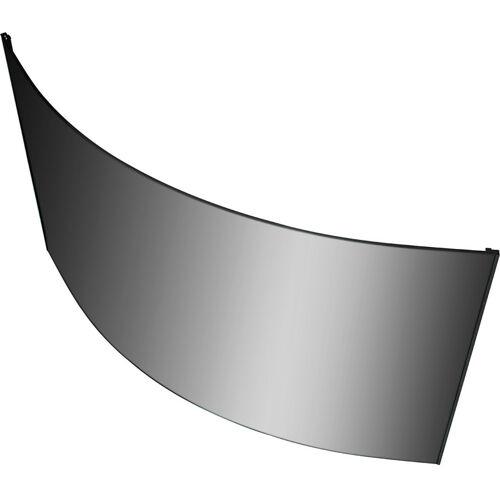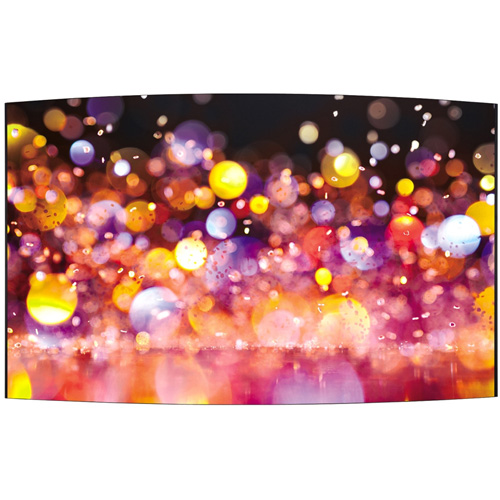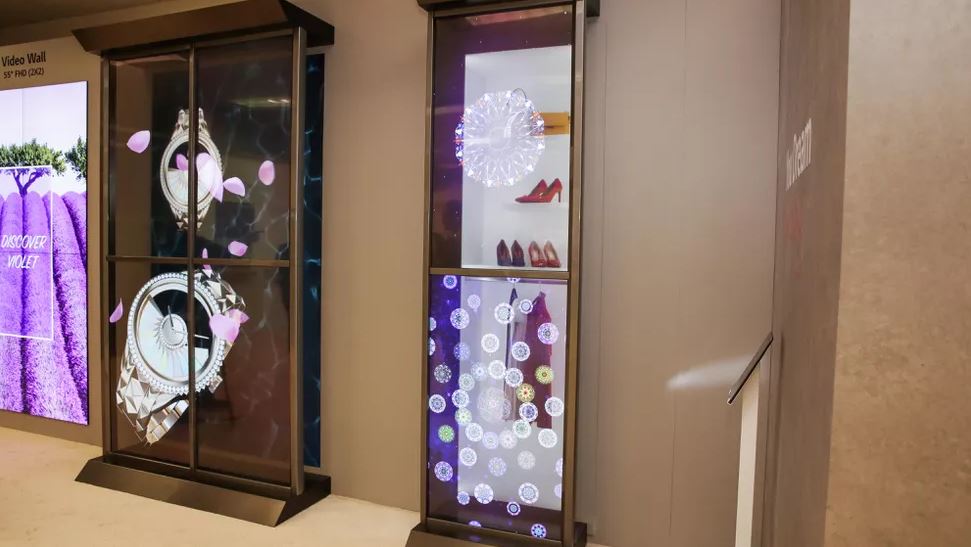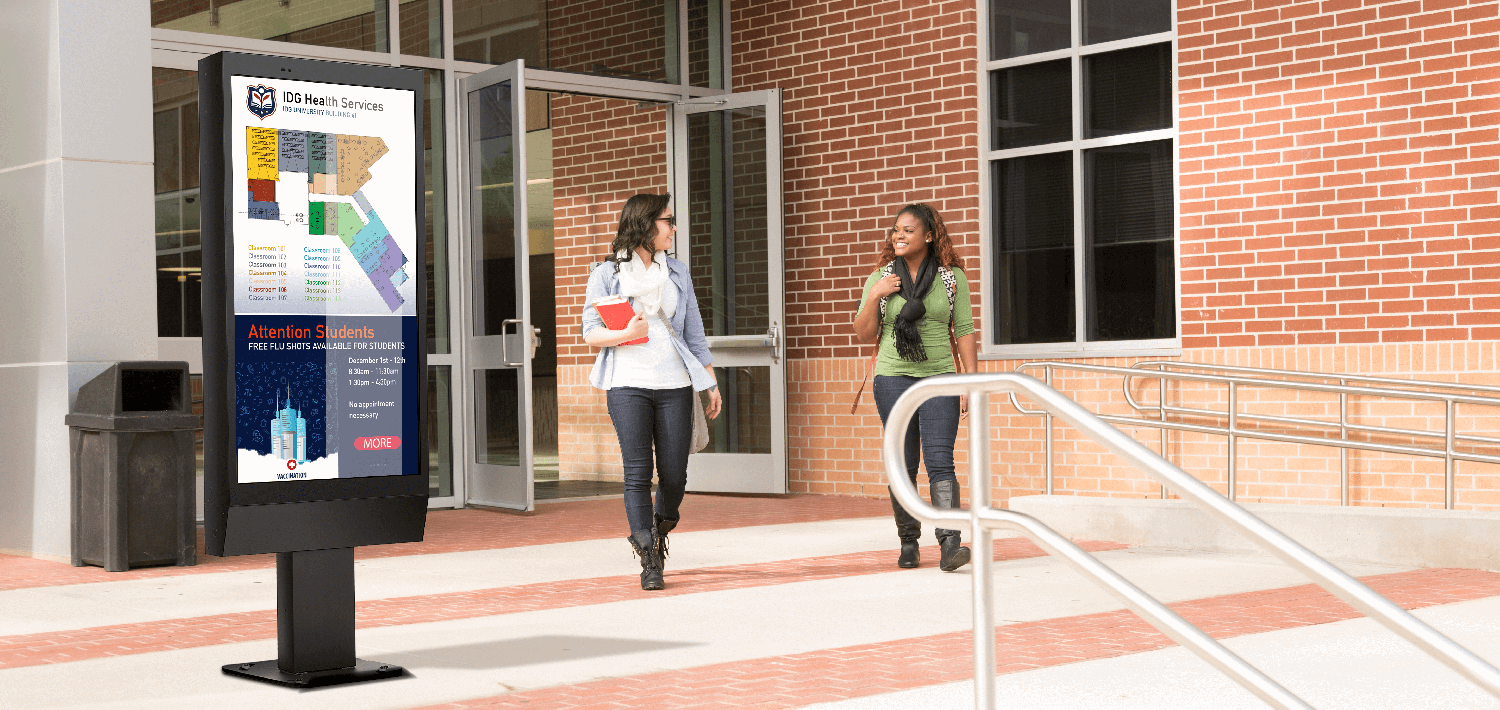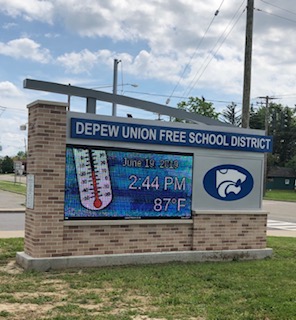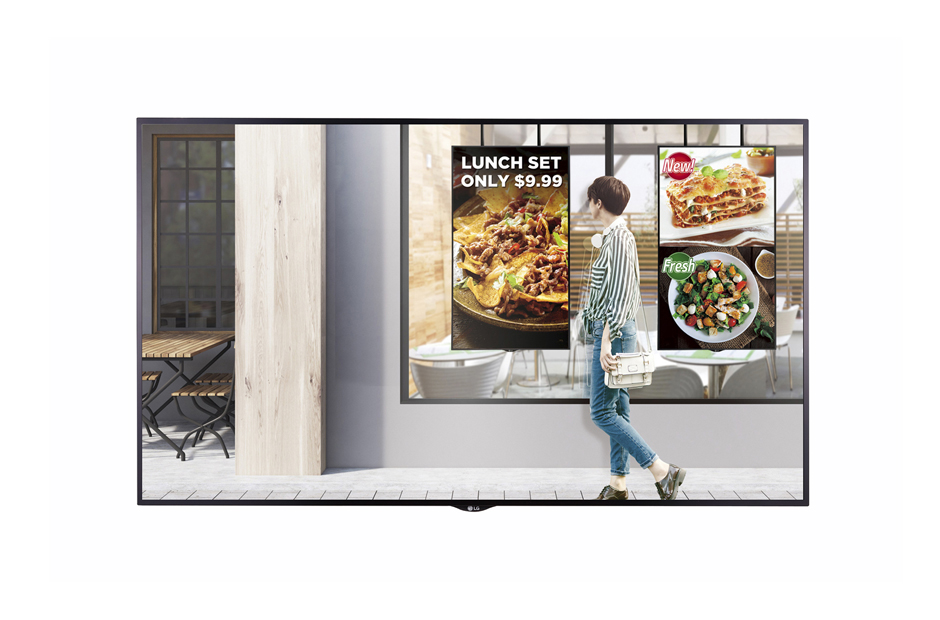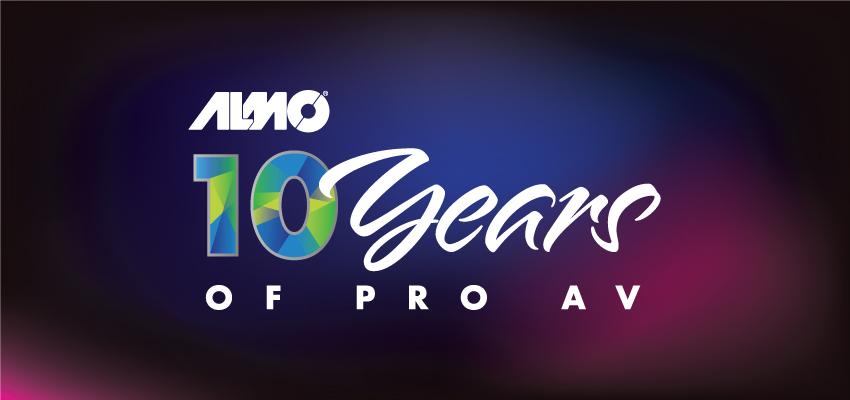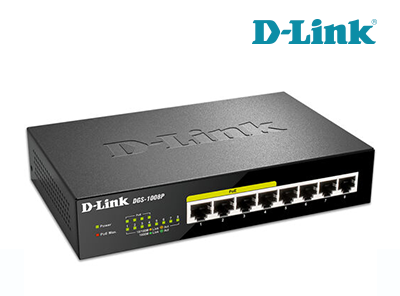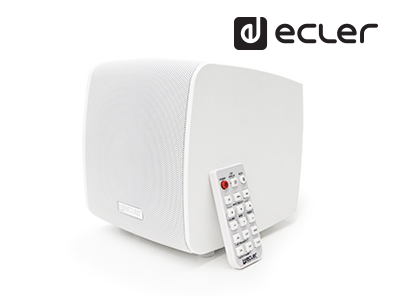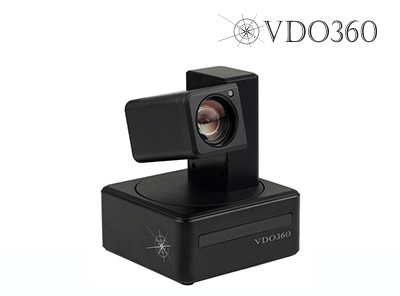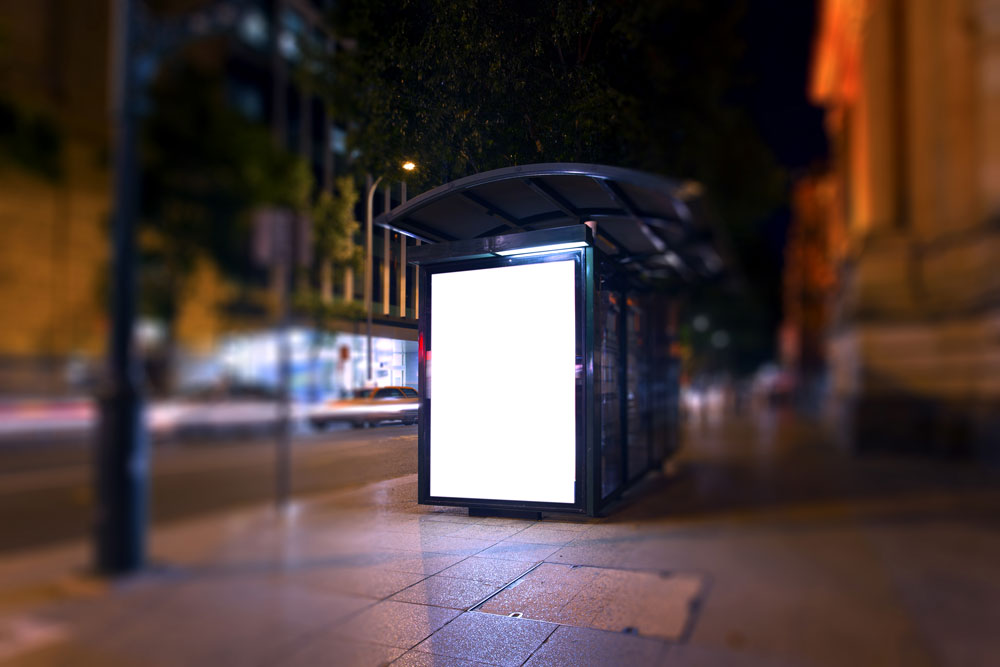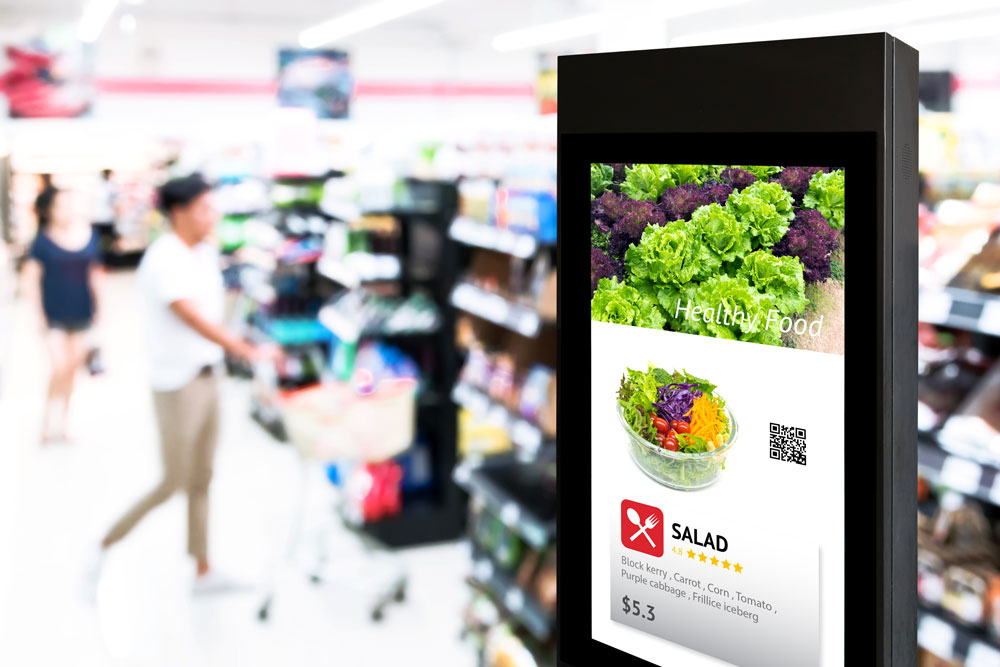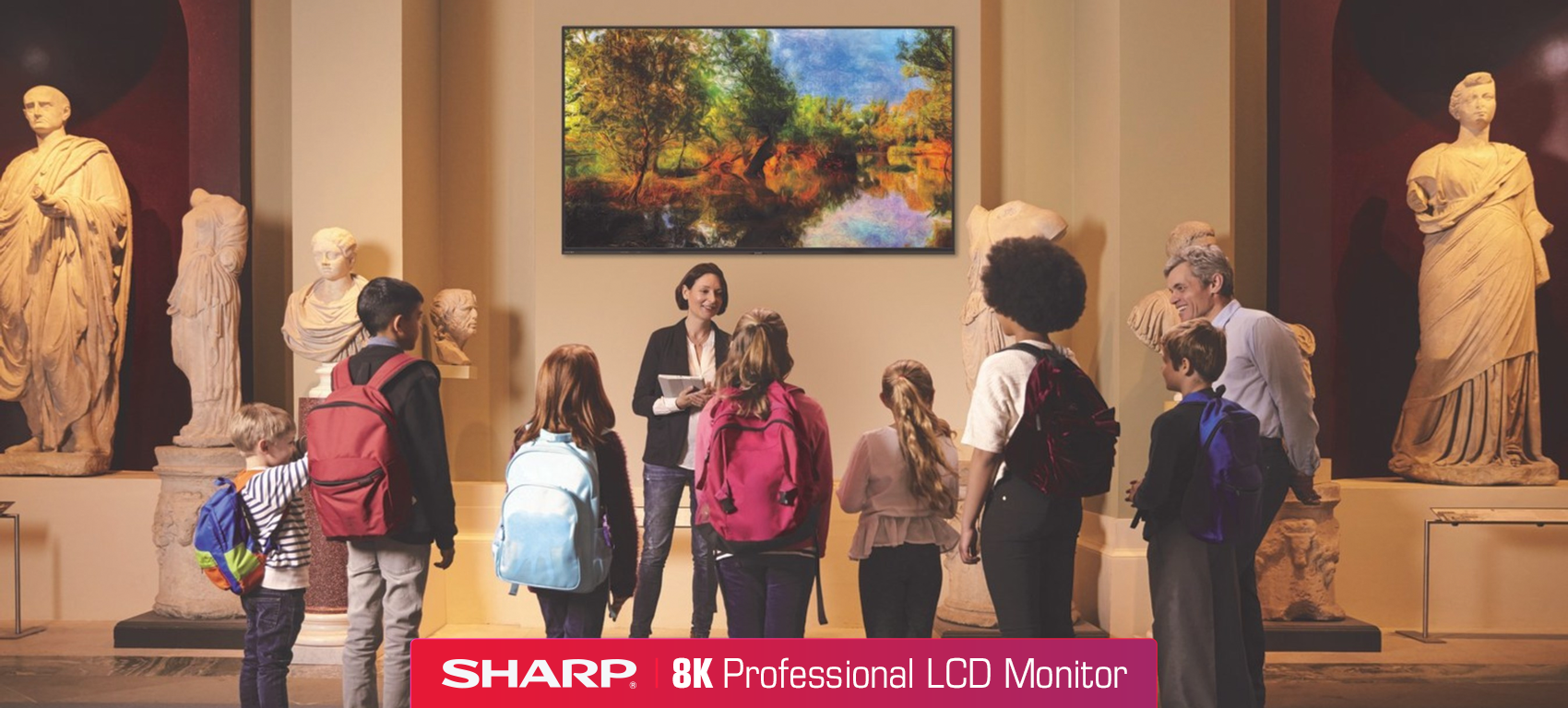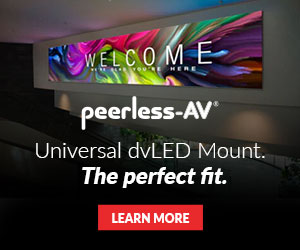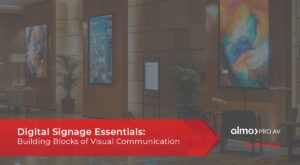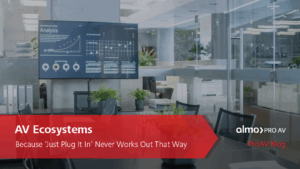Best Practices for Menu Board System Design

Alan Brawn, an AV industry veteran with experience spanning over 3 decades including management of a Pro AV systems integration company for 7 years, and one of the founding members of Hughes-JVC back in the early 1990s knows something about QSRs and Menu Boards. He is a recognized author for leading AV industry magazines such as Systems Contractor News, AV Technology, Digital Signage Magazine, and Rental & Staging, and we’re excited to share his take on the current state of the industry. Read on to see his latest contribution to Commercial Integrator Magazine, where he did a deep dive with Almo’s own Jim Nista on content creation and what works and what doesn’t.
Integrators should recognize the significant demand for digital menu boards – and then acknowledge there’s a lot to learn to deliver them effectively.
by Alan Brawn
IN THE EVER-EXPANDING REACH of digital signage, retail- and food-related enterprises dominate in market share. Both retail and food services take special advantage of the major benefits of digital signage. They use variations of digital signage communication to enhance the viewing experience, modify viewer behavior, and promote their proprietary calls to action.
The intended consequence of this is to promote customer loyalty and repeat business and show differentiation in a concerted effort to stem the flow of commoditization and the appearance of sameness. Nowhere is this more evident than in quick serve restaurants (QSR) and convenience stores. One of the most popular “go-to” solutions in those niches is the incorporation of digital menu boards.
As with most digital signage, menu boards appear quite simple on the surface. It seems that all you need to do is put up a display and a list of menu items and call that job complete. Well, not so fast. There is much more involved in the area of menu boards than first meets the eye. With the expanding competition in the food industry and especially in quick serve restaurants, this whole menu board “thing” can be an existential issue.
A report by the prepared food industry shows that 60% of restaurants do not make it past the first year and 80% go under in five years. Did you know that the average person makes more than 200 decisions about food every day, many for them unconsciously? Research shows that 74% of customers say an easy to read menu is a top priority and 30% of customers say digital signage influenced an unplanned purchase. Statistics also show viewers spend 30% more time looking at digital signage compared to static signs.
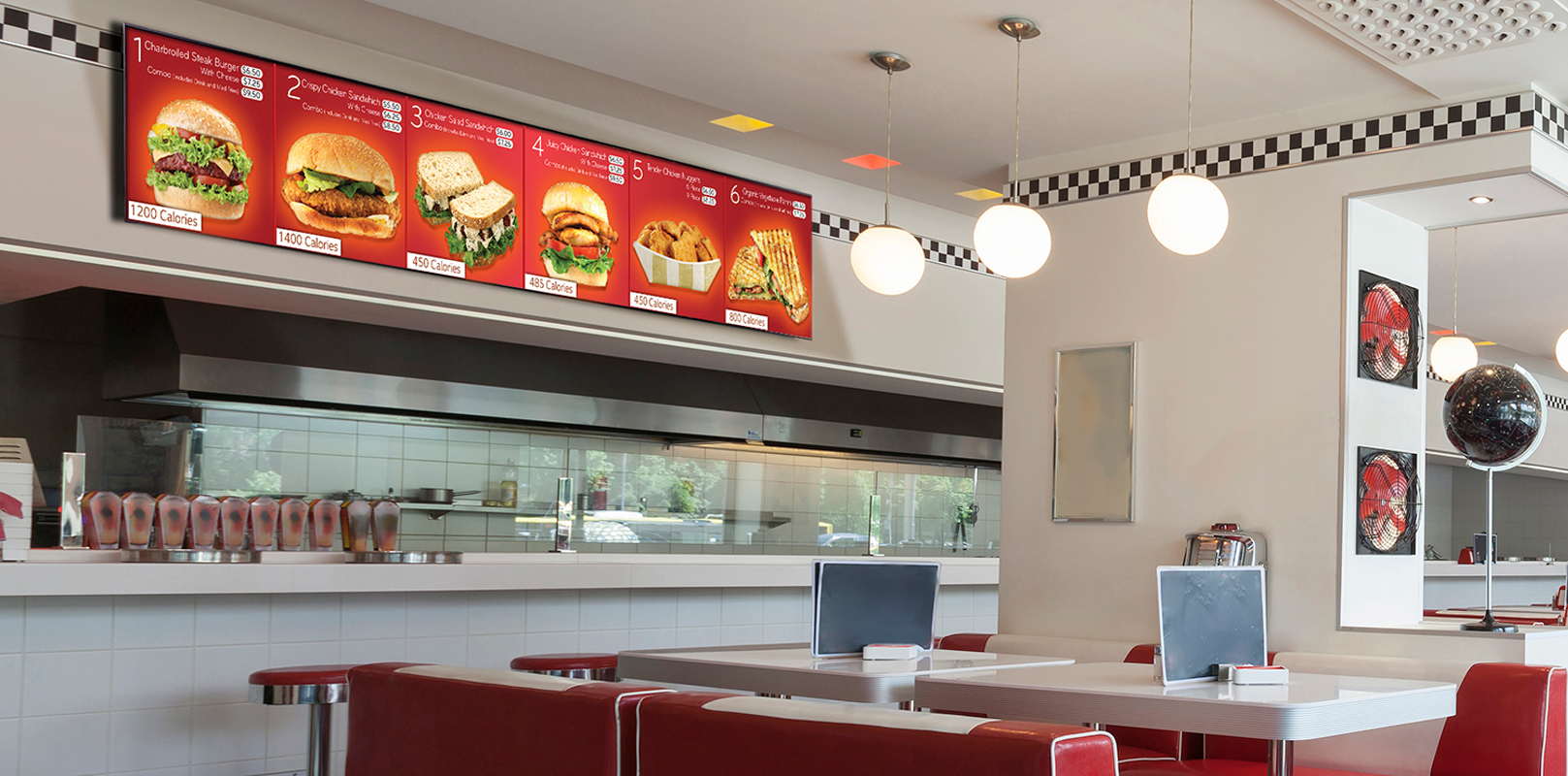
Image by LG via LG Website
Gauntlet Is Thrown: Maximize Digital Menu Board Experience
We have all seen digital menu boards but what stands out is their varying degree of success. A group of subject matter experts out of the QSR industry estimates that more than 60% of today’s digital menu boards are done wrong. Here are some of the most common mistakes:
- Poor design, use of space, and too much information on screen
- Poor legibility
- Using a monotonous static image
- Excessive animation where items disappear before viewer can decide › Text-only menus that are easy to ignore
- Looking continuously the same with little attempt at a refresh
- Poor salesmanship on best sellers
All this being said, I want to share more about digital menu boards beyond statistics and bullet points. I wanted to explore best practices, so I went to Jim Nista, the senior director of content services for Almo. He is recognized as one of the best of the best in this area and teaches extensively on the topic. Since Nista co-teaches the Digital Content and Media Expert (DCME) certification for the industry it came as no surprise that he said, “It all starts with a content creation strategy.” Of course, if we fail to plan then we plan to fail… but Nista pointed out a key question that sets the tone for what is to come. How often will the content need to be updated? The answer will impact the design, how the content will be created, by whom and in what format, and ultimately the budget.
Depending upon the frequency of updating, Nista suggests, “If there are frequent changes you may want to use an HTML platform like Google Sheets. This is fast and inexpensive but can be limiting in design choices. The other choice is referred to as free form. This utilizes a graphic designer and offers true design flexibility but is more costly. Think of this as a template versus custom graphics consideration.”
Nista notes that where budgets permit, the trend is for free form where menu real estate is not constrained by a grid or a template.
This can provide a unique approach and stand out with consumers, and be more interesting and engaging. Both approaches, templated or free form, can be done in-house or outsourced.
Most often the size of the company, how often the content needs to be updated, and budget will dictate what path to take.
Understanding Digital Menu Board Objectives
The digital menu board should be designed to enhance the viewing experience as well as modify viewer behavior as they respond to a call to action but there are two other objectives that relate directly to QSRs and food services. The content needs to help the viewer decide and make a choice and do so in a more expeditious manner. If done properly this improves customer flow. In sit-down restaurants they call this “turning over the tables more quickly.”
Nista provided his short list of design elements to keep in mind:
- Know the viewer and design for them.
- Keep it simple; too many items and options end up being confusing.
- Legibility is key. Font choice and size determine readability.
- Beware of distractions. Focus on what you want the viewer to decide upon.
- Too many zones can distract, but doing “specials” can be helpful to the company and the viewer.
- If it is a fixed menu don’t scroll or animate. People take time to decide and if the menu scrolls too quickly, then they don’t have that time.
- Video if done right can lead the viewer’s eye. It can give subtle clues and help make decisions fast. But if not done right it can be a distraction.
- Locate menu boards carefully and be easily visible but avoid impeding traffic flow.
We all know that the retail and restaurant industry is highly competitive, and unless you have a unique selling proposition, chances are you will have trouble standing out from the crowd. The current state of the industry is driving restaurant owners to look for ways to set themselves apart from the fierce competition. Many are implementing digital menu boards, which is a step in the right direction,but as one expert told me, “some of these menu boards suck!”
What we know is that simply upgrading from static menu boards to digital menu boards is not enough on its own. More effort needs to be put into the content strategy and design of these menu boards in order to drive sales, engage with customers, and enhance their in-venue experience. If properly planned, designed, and implemented, digital menu boards can tip the scale in a restaurant’s favor.
ALAN C. BRAWN CTS, ISF, ISF-C, DSCE, DSDE. DCME, is the principal of Brawn Consulting.


